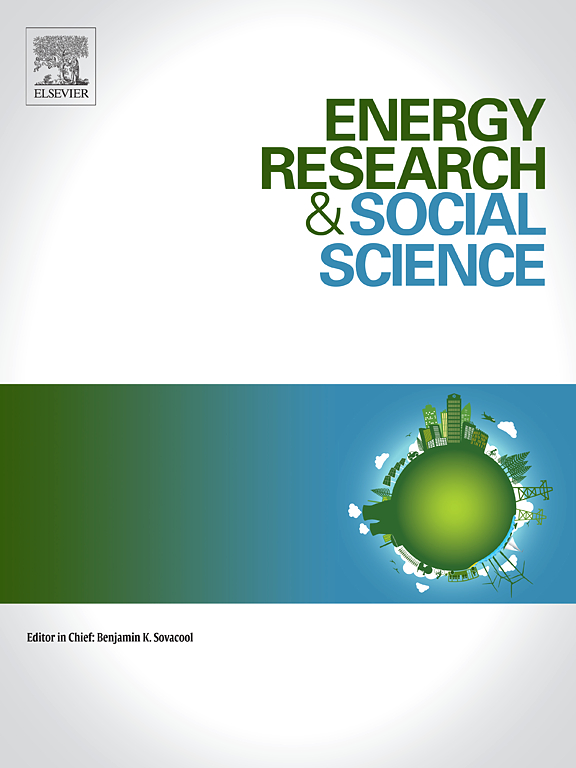The acceleration of low-carbon transitions: Insights, concepts, challenges, and new directions for research
IF 6.9
2区 经济学
Q1 ENVIRONMENTAL STUDIES
引用次数: 0
Abstract
Given that several low-carbon transitions are now accelerating, what can we say about the drivers, conditions, mechanisms, and dynamics of acceleration? This question is widely discussed in policy and academic circles, but so far there is little attempt to develop a more comprehensive answer that considers the pluralistic and heterogeneous nature of what acceleration is, how it comes about, and how it can be studied moving forward. To provide a more comprehensive approach to the phenomenon of acceleration, this paper offers a prismatic perspective that mobilizes insights from several social science disciplines and fields that have engaged with acceleration and links them to sustainability transitions. The objectives of the paper are threefold: to map out concepts or tools that are useful for better understanding or interpreting acceleration; to reflect on prominent themes and topics; and to identify research gaps and fruitful directions. Written by an interdisciplinary and authoritative team of authors, the paper draws from a wide range of concepts including but not limited to feedback theory from political science, incumbent reorientation and innovation races from business and management literature, cultural theory and public acceptance from socio-cultural studies, along with insights from consumption studies and sociology. It draws on this corpus to identify five singular dimensions of acceleration (economics, technology, business, policy, and behavior/culture) as well as four multi-dimensional mechanisms (tipping points, multi-system interactions, threshold dynamics and deep leverage points). It then examines underlying drivers and understandings of acceleration before synthesizing perspectives and charting directions for future research.
求助全文
约1分钟内获得全文
求助全文
来源期刊

Energy Research & Social Science
ENVIRONMENTAL STUDIES-
CiteScore
14.00
自引率
16.40%
发文量
441
审稿时长
55 days
期刊介绍:
Energy Research & Social Science (ERSS) is a peer-reviewed international journal that publishes original research and review articles examining the relationship between energy systems and society. ERSS covers a range of topics revolving around the intersection of energy technologies, fuels, and resources on one side and social processes and influences - including communities of energy users, people affected by energy production, social institutions, customs, traditions, behaviors, and policies - on the other. Put another way, ERSS investigates the social system surrounding energy technology and hardware. ERSS is relevant for energy practitioners, researchers interested in the social aspects of energy production or use, and policymakers.
Energy Research & Social Science (ERSS) provides an interdisciplinary forum to discuss how social and technical issues related to energy production and consumption interact. Energy production, distribution, and consumption all have both technical and human components, and the latter involves the human causes and consequences of energy-related activities and processes as well as social structures that shape how people interact with energy systems. Energy analysis, therefore, needs to look beyond the dimensions of technology and economics to include these social and human elements.
 求助内容:
求助内容: 应助结果提醒方式:
应助结果提醒方式:


